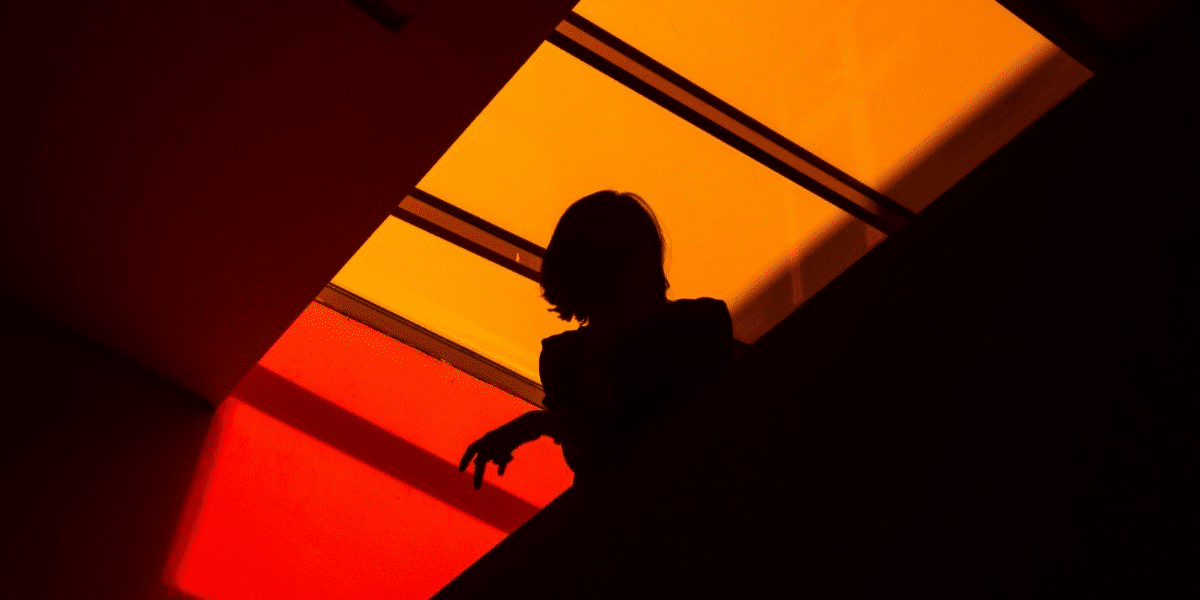Dark tones are not just colors or lighting techniques; they are storytelling devices that wield immense power in shaping the mood and atmosphere of various forms of entertainment. Whether in films, television shows, literature, or video games, the strategic use of dark tones adds depth, complexity, and intrigue to narratives, leaving a lasting impact on audiences. In this comprehensive exploration, we will delve into the multifaceted ways in which dark tones are utilized to set the mood in entertainment and why they are such a potent storytelling tool.
Understanding Dark Tones
Before we delve deeper into the role of dark tones in entertainment, it’s essential to define what we mean by “dark tones.” In the context of storytelling, dark tones encompass a range of elements that evoke feelings of darkness, gloominess, or foreboding. This can include visual aspects such as low lighting, muted colors, and shadowy environments, as well as thematic elements like death, danger, and moral ambiguity. Dark tones are often associated with genres like horror, thriller, and noir, but their influence extends far beyond these categories, permeating a wide array of narratives.
Creating Atmosphere and Ambiance
One of the primary functions of dark tones in entertainment is to establish atmosphere and ambiance. Filmmakers, writers, and game developers harness the power of dark tones to transport audiences to immersive and evocative worlds where the mood is palpable. Through the use of dim lighting, eerie sound design, and desaturated colors, storytellers craft environments that envelop viewers and readers in a sense of unease and anticipation. Whether it’s a haunted house cloaked in shadows or a dystopian cityscape illuminated by flickering neon lights, dark tones lay the foundation for immersive storytelling experiences.
Building Tension and Suspense
Dark tones are adept at building tension and suspense within a narrative. By setting a tone of uncertainty and apprehension, storytellers keep audiences on the edge of their seats, eagerly anticipating what will unfold next. The strategic use of ominous music, menacing shadows, and unsettling imagery heightens the sense of anticipation and creates moments of shock, surprise, and revelation. Whether it’s the lurking presence of a malevolent entity in a horror film or the looming threat of a looming conflict in a thriller, dark tones amplify the stakes and keep audiences engaged from start to finish.
Conveying Themes and Emotions
In addition to creating mood and tension, dark tones serve as a vehicle for conveying themes and emotions within a story. Themes such as mortality, morality, and the battle between good and evil are often explored through the lens of dark imagery and symbolism. Likewise, emotions such as fear, despair, and anguish are effectively communicated through scenes and sequences that employ dark tones to evoke a visceral response from the audience. Whether it’s the bleak landscapes of a post-apocalyptic world or the psychological depths of a tortured protagonist’s mind, dark tones enrich narratives with layers of meaning and emotional resonance.
Establishing Character and Conflict
Dark tones play a crucial role in establishing character traits and conflicts within a story. Villains and antiheroes are often associated with dark imagery and environments, reflecting their morally ambiguous nature and inner turmoil. Similarly, conflicts between protagonists and antagonists are intensified by the use of dark tones, highlighting the stakes and consequences of their actions. Whether it’s the brooding presence of a conflicted hero or the sinister machinations of a cunning villain, dark tones add depth and complexity to character dynamics, driving the narrative forward with tension and intrigue.
Examples of Dark Tones in Entertainment
To illustrate the diverse ways in which dark tones are employed in entertainment, let’s explore a few notable examples across different mediums:
- Film: “The Silence of the Lambs” utilizes dark tones to create a sense of unease and suspense, particularly in scenes involving the serial killer Hannibal Lecter. The dimly lit prison cell and eerie atmosphere heighten the tension and anticipation, keeping viewers on the edge of their seats throughout the film.
- Television: “Stranger Things” employs dark tones to evoke a sense of nostalgia and mystery, drawing viewers into its supernatural world filled with shadowy creatures and otherworldly phenomena. The juxtaposition of dark, atmospheric scenes with moments of levity and camaraderie creates a compelling and immersive viewing experience.
- Literature: Mary Shelley’s “Frankenstein” explores themes of mortality and hubris through its dark and atmospheric storytelling. Scenes set in desolate graveyards and abandoned laboratories convey a sense of foreboding and existential dread, adding depth and complexity to the narrative.
- Video Games: “Bloodborne” uses dark tones to create a haunting and atmospheric world filled with grotesque monsters and eldritch horrors. The game’s atmospheric lighting, eerie sound design, and unsettling imagery immerse players in a nightmarish landscape of terror and despair, challenging them to confront their fears head-on.
Leaving a Lasting Impression
Dark tones are a versatile and powerful storytelling tool that adds richness, depth, and emotional resonance to entertainment. Whether they’re creating atmosphere and ambiance, building tension and suspense, conveying themes and emotions, or establishing character and conflict, dark tones enhance narratives in profound and compelling ways. By harnessing the power of dark tones, storytellers captivate audiences, provoke thought, and leave a lasting impression that resonates long after the lights come up or the final page is turned.















